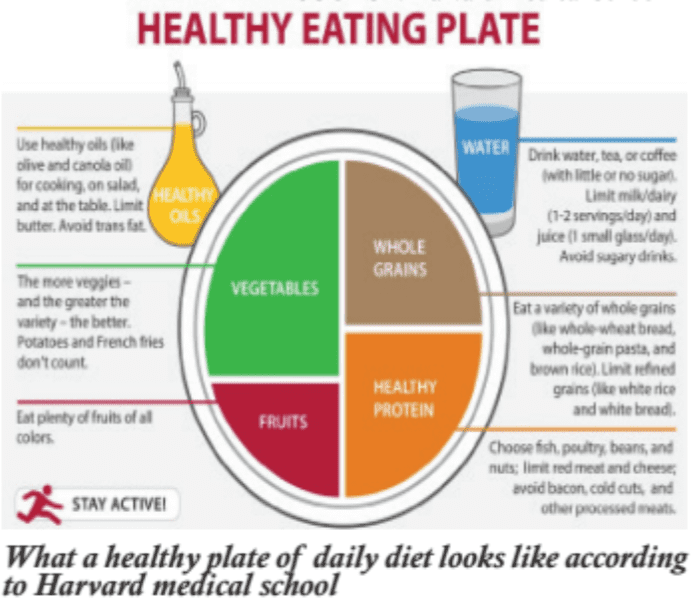
Hidden hunger is a condition in which people suffer from micronutrient deficiencies. And according to a report by WHO (World Health Organization), nearly 2 billion people in this world are affected by this deficiency, and 1 million children die every year due to it. Around 1.6 billion people worldwide cannot afford a decent diet up to the standards set by EAT. EAT is a non-profit organization that works to transform the global food system. Diverse diets rich in fruits and vegetables are the best antidote against hidden hunger. But then the real question is, can everyone afford it? Unfortunately, the word “food security” has not been practiced in the real sense across different parts of the world. There are many places where food is insufficiently available. While addressing food insecurity issues, the priority is given to only making the quantity of food available. There is no consideration of a diet or measuring its nutritious value. Even in more food-secure countries, the restricted amount of resources is directed to ascertain the safety of exported food products at the cost of food sold domestically. Individuals facing food insecurity are vulnerable to chemical, biological, and other hazards in unsafe foods, posing severe, acute, and chronic health risks (ranging from diarrhea to cancer and even death). And these individuals are prominently from a low-income background and poor or developing countries. With food budgets that can’t get any tighter, these communities have to face the dilemma of choosing When the estimated daily cost of acquiring food meeting the international health standard is compared against the available income, around 1.6 million people worldwide can’t provide such diets. In sub-Saharan Africa and South Asia, the two regions hosting most of the world’s poor and malnourished people, the estimated cost exceeded the available incomes for 57 per cent and 38 per cent of the population, respectively. Women, children, and adolescents get crushed under the consequences of unhealthy food habits the most. But the fact that unhealthy foods, junk foods, are cheaper than healthier options, the issue of poverty failing to secure food and health at the same time is recklessly overlooked by leaders and authorities around the world. The very first step is, of course, increasing the income of poor and marginalized communities, but there is also scope to reduce the price of nutrient-rich food products. The need is to increase the efficiency in the agricultural system of countries across the planet so that the output is massive and healthy, and available in cheap. But these steps together are still not enough. People need to be educated about the importance of nutrients rich food by making them aware of the consequences of unhealthy food patterns. Junk food has also become a lifestyle for many low and high-income countries, and this lifestyle is influencing millions too. But above all, the hard truth is the gap between hunger and healthy food is still a mountain to scale while no one is enthusiastic enough to be a climber at the moment.
between food or healthy food regularly.
The process of deciding to follow a poor diet is instigated by the choices available within the budget and the nutritional knowledge and unwillingness to prioritize good health.
10 Jan 2022
Purnima Priyadarsini